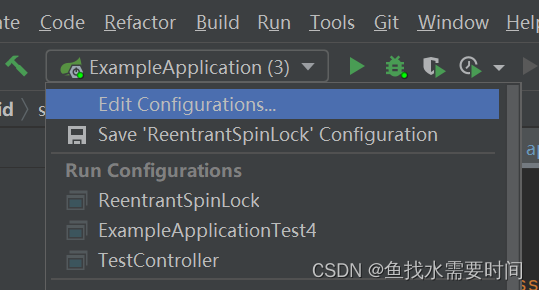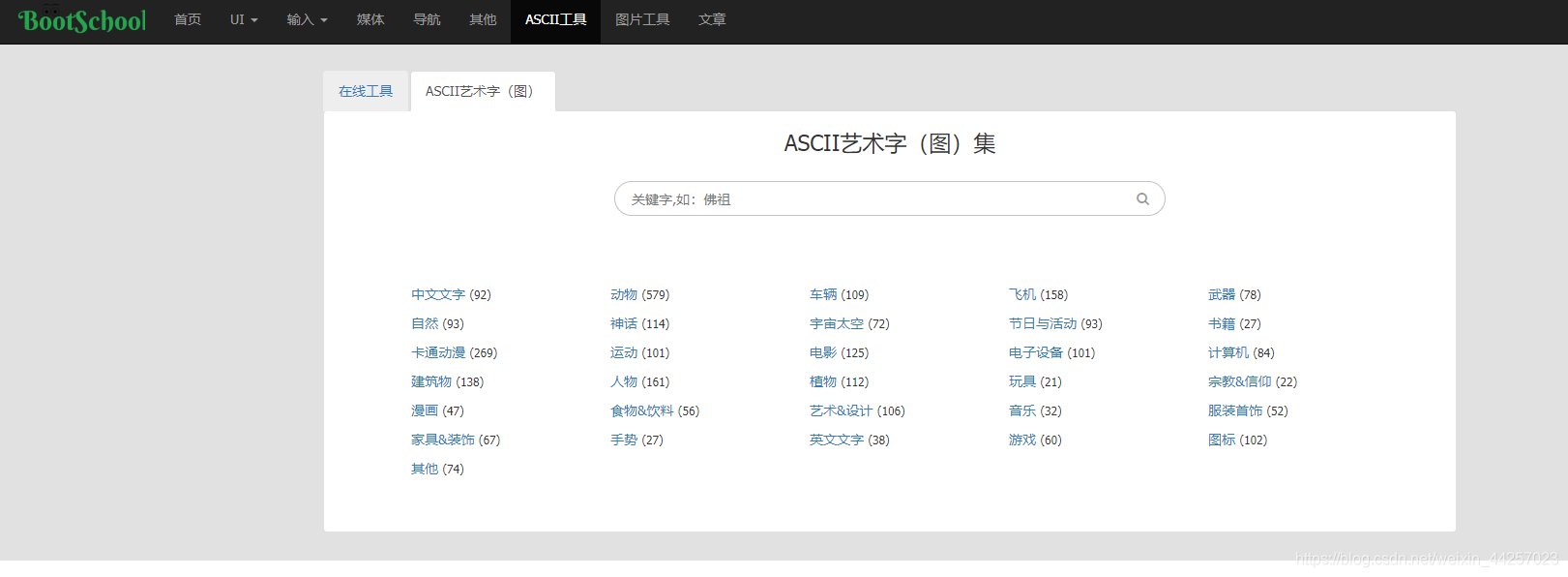MatplotlibDeprecationWarning:使用与以前的轴相同的参数添加轴,当前重用以前的实例
提问于 2018-12-06 07:05:37
我正在编写一个脚本,它接收多个输入,解析数据,并根据节点数多次调用绘图函数。
问题是我多次调用我的绘图函数(参见下面的代码),但我不知道如何解决这个问题。我看到了this solution,但这并不是我的实际情况(或者我不知道如何应用到我的案例中)。
import pandas as pd
import matplotlib.pyplot as plt
import seaborn as sns
import numpy as np
sns.set(style="whitegrid")
fig, (ax1, ax2, ax3, ax4) = plt.subplots(nrows=1, ncols=4, figsize=(16, 4))
plt.tight_layout()
def plot_data(df, nodes):
global ax1, ax2, ax3, ax4
if nodes == 10:
plt.subplot(141)
ax1 = sns.kdeplot(df['Metric'], cumulative=True, legend=False)
ax1.set_ylabel('ECDF', fontsize = 16)
ax1.set_title('10 Nodes')
elif nodes == 20:
plt.subplot(142)
ax2 = sns.kdeplot(df['Metric'], cumulative=True, legend=False)
plt.setp(ax2.get_yticklabels(), visible=False)
ax2.set_title('20 Nodes')
elif nodes == 30:
plt.subplot(143)
ax3 = sns.kdeplot(df['Metric'], cumulative=True, legend=False)
plt.setp(ax3.get_yticklabels(), visible=False)
ax3.set_title('30 Nodes')
elif nodes == 40:
plt.subplot(144)
ax4 = sns.kdeplot(df['Metric'], cumulative=True, legend=False)
plt.setp(ax4.get_yticklabels(), visible=False)
ax4.set_title('40 Nodes')
df1 = pd.DataFrame({'Metric':np.random.randint(0, 15, 1000)})
df2 = pd.DataFrame({'Metric':np.random.randint(0, 15, 1000)})
df3 = pd.DataFrame({'Metric':np.random.randint(0, 15, 1000)})
nodes = [10, 20, 30, 40]
for i in range(4):
"""
In my real code, the DataFrames are calculated from reading CSV files.
Since that code would be too long, I'm using dummy data.
"""
plot_data(df1, nodes[i])
# I understand that this calls cause the warning,
# but I don't know how to solve it
plot_data(df2, nodes[i])
plot_data(df3, nodes[i])
plt.show() 回答 2
Stack Overflow用户
回答已采纳
发布于 2018-12-06 07:31:55
您需要删除plt.subplot(nnn)。正如警告所述,当前这样做将重用axes实例。但是在将来的matplotlib版本中,这将创建一个新的axes实例。
解决方案是将创建的轴作为参数传递给函数,并使用seaborn.kdeplot的seaborn.kdeplot参数。
sns.set(style="whitegrid")
fig, axes = plt.subplots(nrows=1, ncols=4, figsize=(16, 4))
plt.tight_layout()
def plot_data(df, nodes, axes):
ax1, ax2, ax3, ax4 = axes
if nodes == 10:
sns.kdeplot(df['Metric'], cumulative=True, legend=False, ax=ax1)
ax1.set_ylabel('ECDF', fontsize = 16)
ax1.set_title('10 Nodes')
elif nodes == 20:
sns.kdeplot(df['Metric'], cumulative=True, legend=False, ax=ax2)
plt.setp(ax2.get_yticklabels(), visible=False)
ax2.set_title('20 Nodes')
elif nodes == 30:
sns.kdeplot(df['Metric'], cumulative=True, legend=False, ax=ax3)
plt.setp(ax3.get_yticklabels(), visible=False)
ax3.set_title('30 Nodes')
else:
sns.kdeplot(df['Metric'], cumulative=True, legend=False, ax=ax4)
plt.setp(ax4.get_yticklabels(), visible=False)
ax4.set_title('40 Nodes')
for i in range(4):
plot_data(df1, nodes[i], axes)
plot_data(df2, nodes[i], axes)
plot_data(df3, nodes[i], axes)
plt.show()

请注意,通过在sharey=True中使用fig, axes = plt.subplots(…, sharey=True)并删除plt.setp(ax.get_yticklabels(), visible=False),可以简化上述操作。
Stack Overflow用户
发布于 2018-12-06 07:22:45
我认为,这应该可以满足您的需要--只需将轴作为参数传递,然后将循环放入函数中即可。
import pandas as pd
import matplotlib.pyplot as plt
import seaborn as sns
import numpy as np
sns.set(style="whitegrid")
fig, axarr = plt.subplots(nrows=1, ncols=4, figsize=(16, 4))
plt.tight_layout()
nodes = [10, 20, 30, 40]
def plot_data(list_of_dfs, axarr, nodes):
for df, ax, node in zip(list_of_dfs, axarr, nodes):
ax = sns.kdeplot(df['Metric'], cumulative=True, legend=False)#I'm not completely sure this needs to be assignment, haven't used seaborn much
ax.set_ylabel('ECDF', fontsize = 16)
ax.set_title('{} Nodes'.format(nodes))
list_of_dfs = [df1, df2, df3]
plot_data(list_of_dfs, axarr, nodes)
plt.show() 页面原文内容由Stack Overflow提供。腾讯云小微IT领域专用引擎提供翻译支持
原文链接:
https://stackoverflow.com/questions/53654273
复制相关文章




![[C#] 控制台应用程序退出事件](https://ask.qcloudimg.com/http-save/yehe-8197675/260a1a555544129148974347a7a888fa.png)








